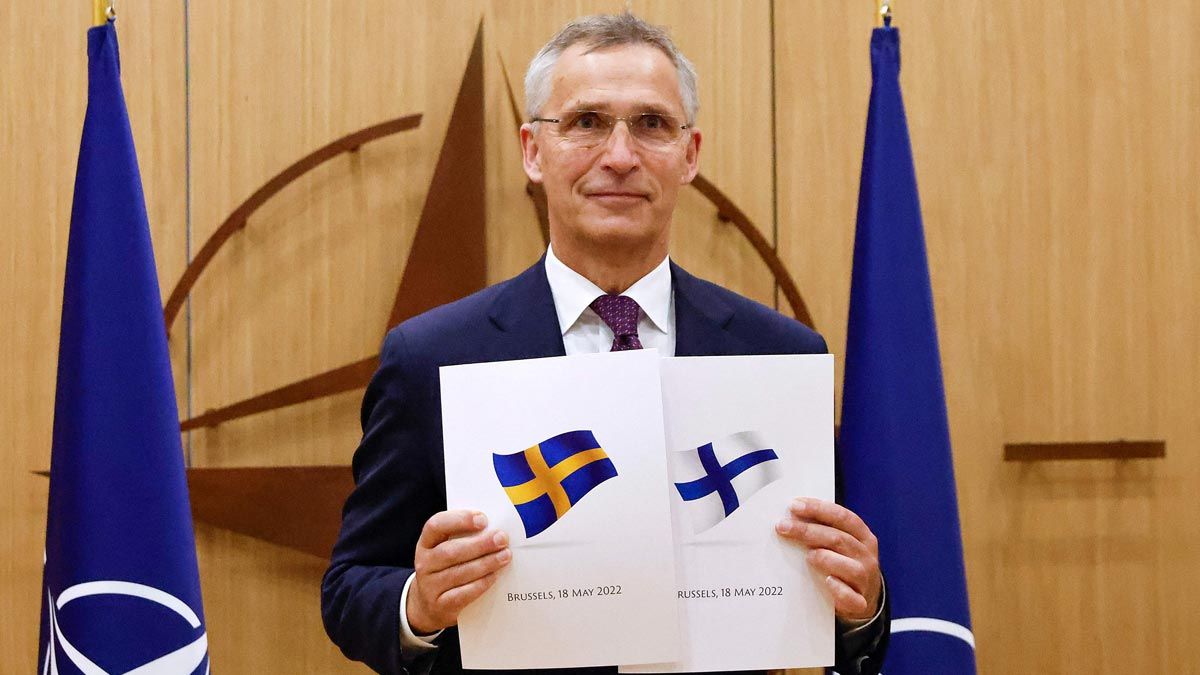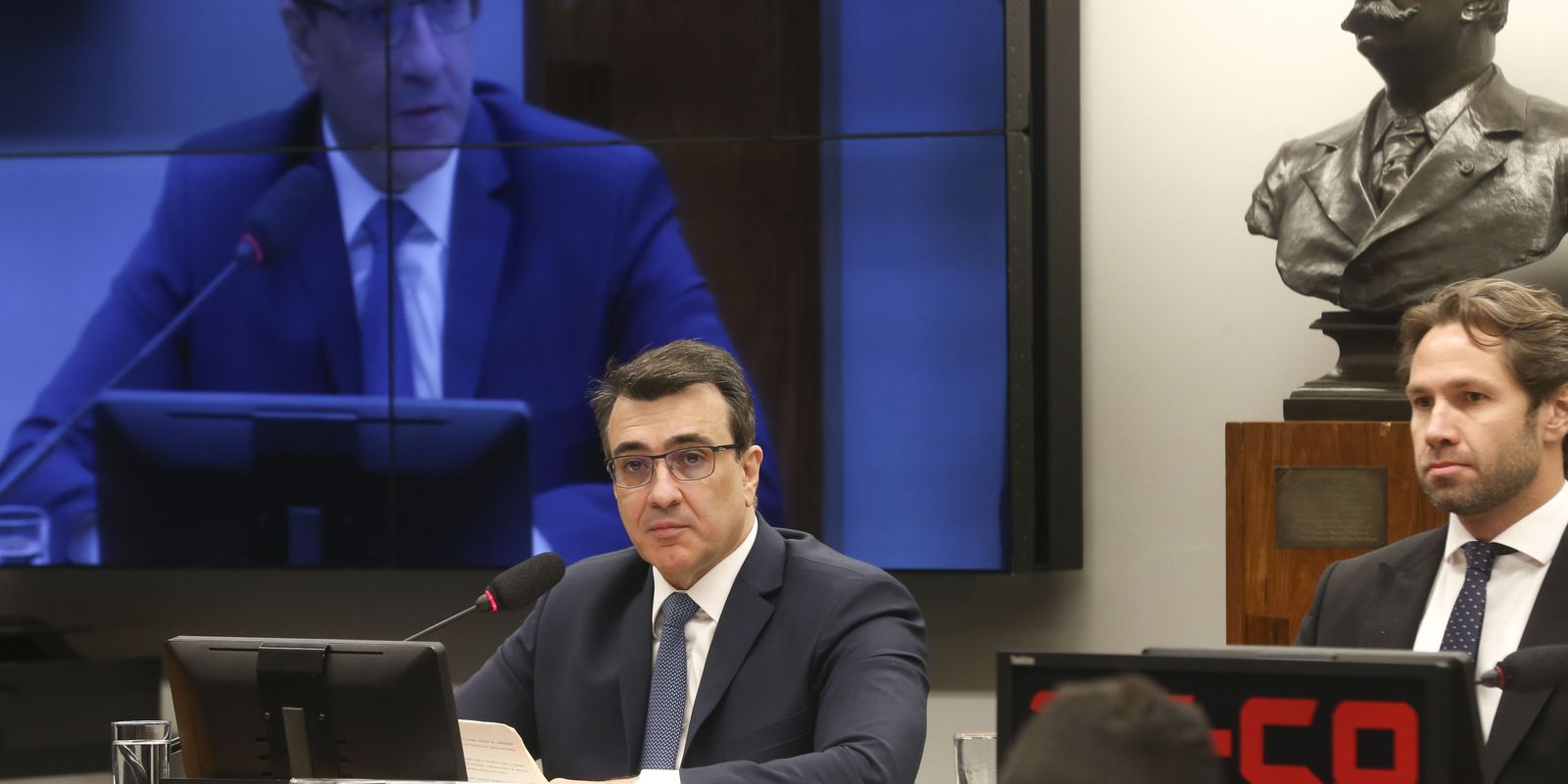The planet urgently needs to reduce polluting gas emissions. This statement is easy to say, but, as has been seen over the years, very difficult to implement.
(See: 10% of the richest people in the world produce 45% of C02 emissions).
The main reasons why emissions have not been curbed to the extent necessary to prevent global temperature rise are several, and range from the difficulty of countries in assuming binding agreements, the complexity of undertaking the energy transition or the multimillion-dollar investments necessary to move towards green economies that are less dependent on fossil fuels.
Among all the proposals on the table to reduce the pace of emissions and move towards clean economies, the carbon market seems the most promising, especially for developing regions such as Latin America and the Caribbean. These markets consist of countries making transfers of emission reductions voluntarily or bindingly among themselves.
(See: IDB financed US$4.5 billion in climate change activities).
The price or carbon tax for companies to offset their carbon footprint has led to a sustained demand for carbon credits. In parallel, private companies have also been assuming corporate commitments and have the need to show their climate commitment by reducing, avoiding and, if necessary, offsetting their emissions. This is generating a new global demand for carbon credits, and represents an unprecedented opportunity for Latin America and the Caribbean.
The creation of a carbon market in the region is called to generate new attractive instruments thanks to the fact that it provides gains of scale, reduces costs and attracts critical mass, determining factors for the operation of the market.
Although they are not yet regulated, The agreement between the countries at the COP26 in Glasgow was essential for the mechanisms necessary for its operation to begin to be activated.
“Latin America could play a key role in carbon markets, especially given its ability to offer green projects and nature-based solutions. But to take advantage of all this potential, it will be essential to have infrastructures that allow it to be articulated efficiently”, says Jorge Arbache, Vice President of CAF’s Private Sector.
(See: UN, BBVA and Bancolombia join forces for climate program).
According to Arbache, carbon markets will be much more attractive and will fulfill their function the higher the quality of the projects and the credibility of the credits, which will require monitoring, control, data collection and compilation systems, as well as an infrastructure for its operation. This includes skills and human capital and the services necessary for the operation of the value chain. In other words, it will require expensive and complex infrastructure, both tangible and intangible, for the market to really work and attract sellers and buyers.
In this way, CAF announced that it will articulate the creation of a carbon market in Latin America and the Caribbean, hand in hand with local development banks, with the aim of promoting the global competitiveness of the supply of carbon credits generated in the region, strengthening the conditions for future voluntary and regulated markets and expanding their impact on the generation of employment, income, new technologies, green business clusters and the fight against poverty.
(See: World Bank approves two credits of US$830 million for Colombia).
Among the immediate actions of this initiative, called ILACC, are the preparation of a regional diagnosis on the carbon market, the launch of the Carbon Market Observatory, the formation of a scientific council, in addition to the creation of the ILACC Regional Forum to expand multisectoral collaboration that allows diversifying and broadening the base of climate projects generated in LAC.
The carbon market in the region can be an oxygen balloon to travel the path of raising capital to curb the effects of global warming. Developed countries adopted a commitment to finance 100,000 million dollars a year for green projects more than a decade ago. Of this number, only about 80,000 million dollars have been mobilized, in a sign that new commitments and more attractive investment systems are needed.
The region needs to continue taking innovative measures to deal with climate change. Despite the fact that Latin America is only responsible for 10% of greenhouse gas emissions, it will be one of the regions most affected by global warming: rainfall patterns will change, the melting of Andean glaciers and the increase in acid and marine levels in the Pacific and Atlantic oceans, among a long list of events.
(See: Climate change demands greater innovation and financing in water).
CAF
*Visions of Development is a section promoted by the Development Bank of Latin America (CAF) that analyzes the main development issues in the region.








